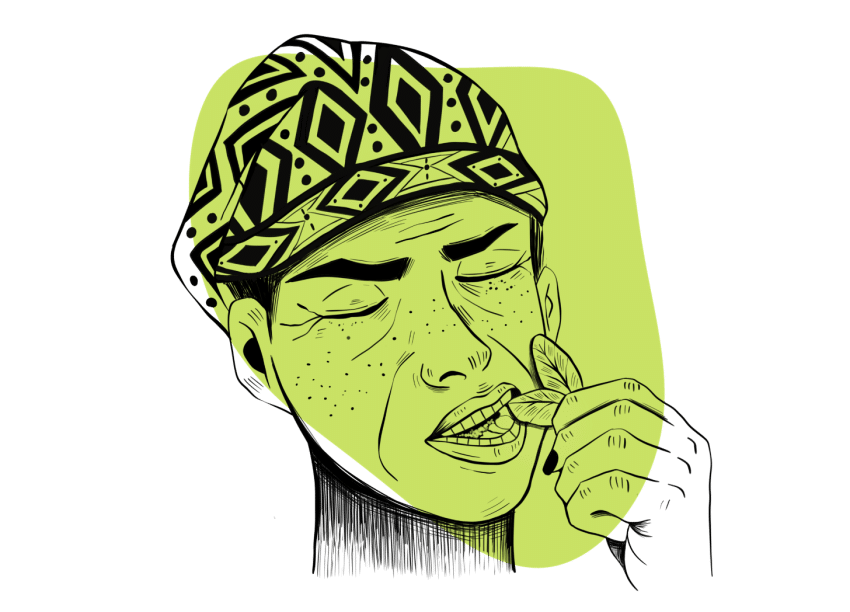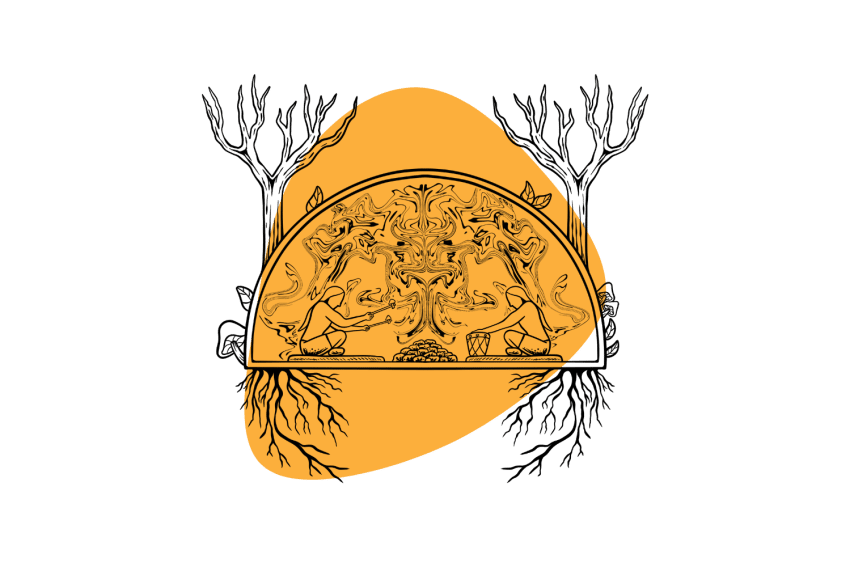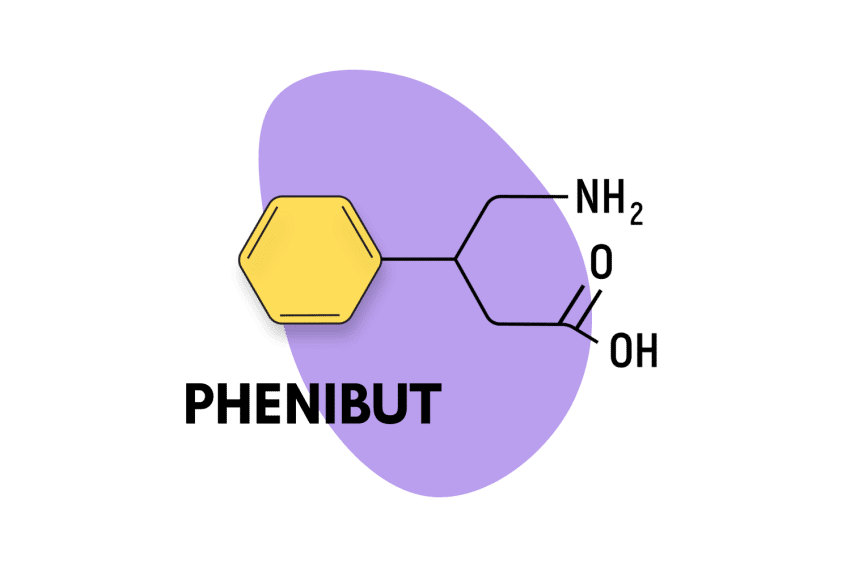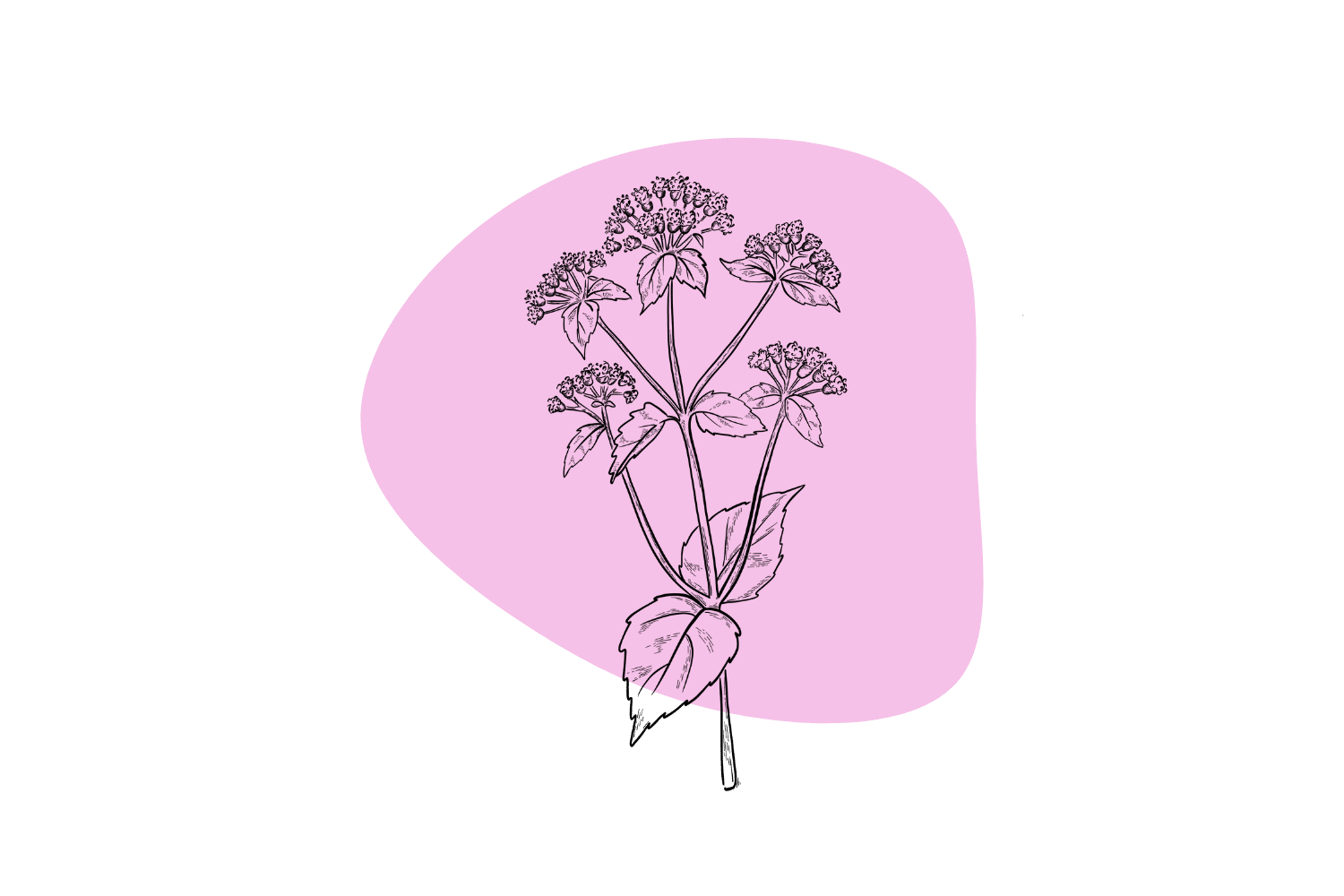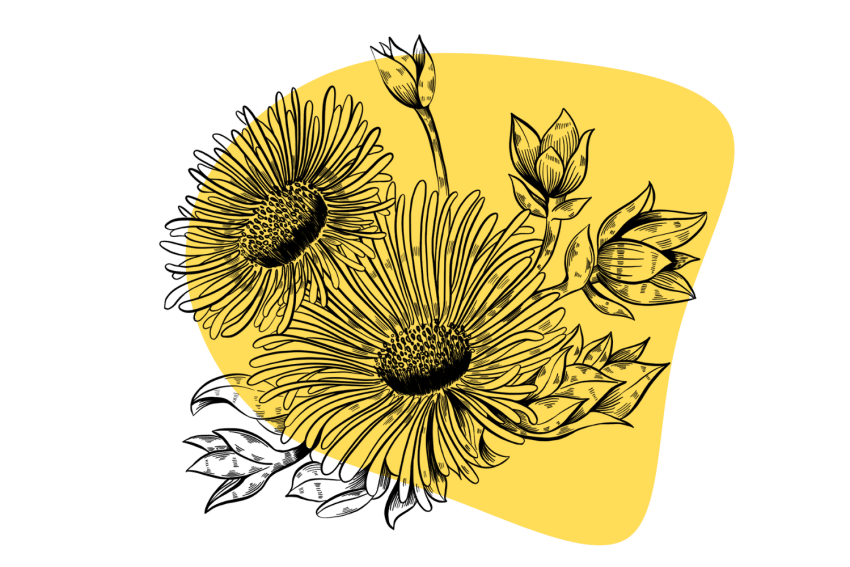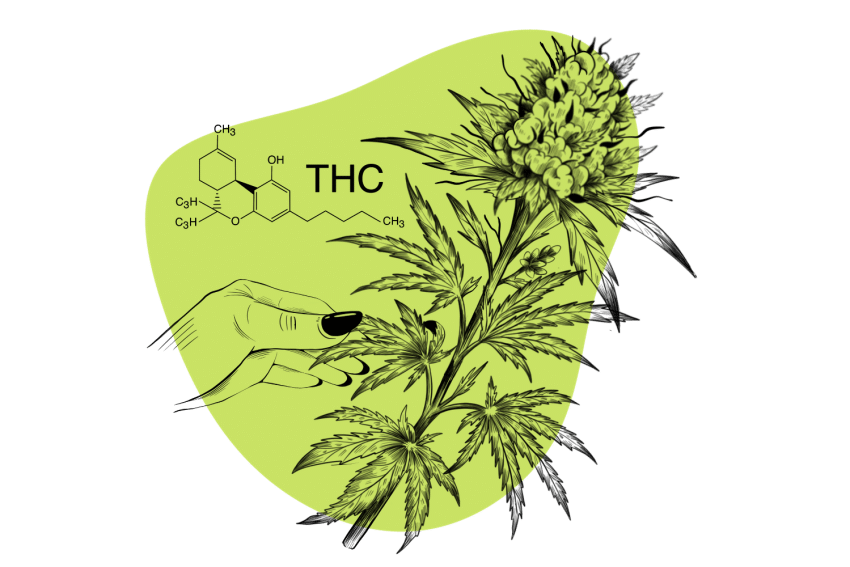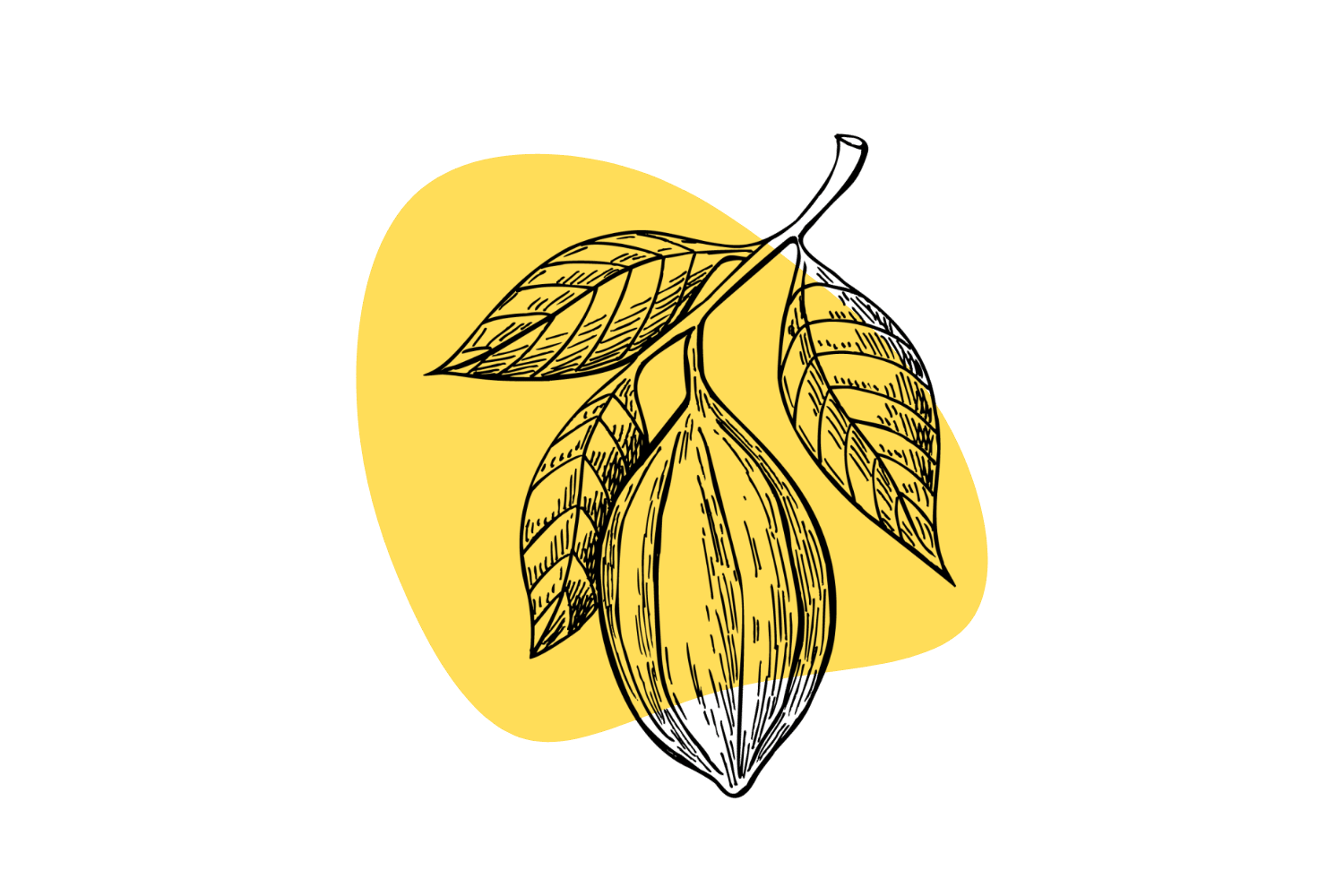Category: Other Psychoactive Substances
Not all psychoactive substances are considered psychedelic. There are a lot of compounds that alter our perception without inducing changes in our ontological perspective or causing us to hallucinate.
Psychoactive substances can affect our mood, thoughts, behavior, or emotions.
Substances such as coffee or tea, alcohol, kava, marijuana, or kratom, can be considered psychoactive without being inherently psychedelic.
Other psychoactive substances, such as LSD, DMT, magic mushrooms, or salvia, cause a shift in our perception and perspective of reality — which is what makes them psychedelic.
Chewing coca is a social, sacred, and practical South American tradition. Find out why it’s used and a few of the best ways to do it.
Rapé, pronounced "hah-peh" or "rah-peh," is a snuff consisting of usually (but not always) tobacco, wood ash, and other medicinal plants.
Inipi is a traditional Lakota sweat lodge purification ritual and ceremony. Learn about the sacred steps of the sweat lodge ritual and how to prepare for one.
Learn about the controversial calming nootropic phenibut & why so many psychonauts like to keep some kicking around at all times.
Calea zacatechichi is a medicinal and shamanic plant from Mexico and Central America that’s long been used to induce more vivid and memorable dreams.
Kanna is a medicinal herb from South Africa with antidepressant qualities. It’s used alongside other psychoactive herbs to reduce some of the side effects.
Cannabis sativa has a long list of health benefits.
The psychoactive form, marijuana, is a popular visionary plant species for growth & integration.
Delta 8 THC produces the same high, without the unwanted side-effects of anxiety and paranoia associated with delta 9 THC.
Learn how it works, where to buy it, and what to expect.
Cacao comes from the Theobroma cacao tree. It’s the precursor used to making chocolate.
Raw cacao ceremonies serve a similar role as psychedelic plants, but without the trip.
